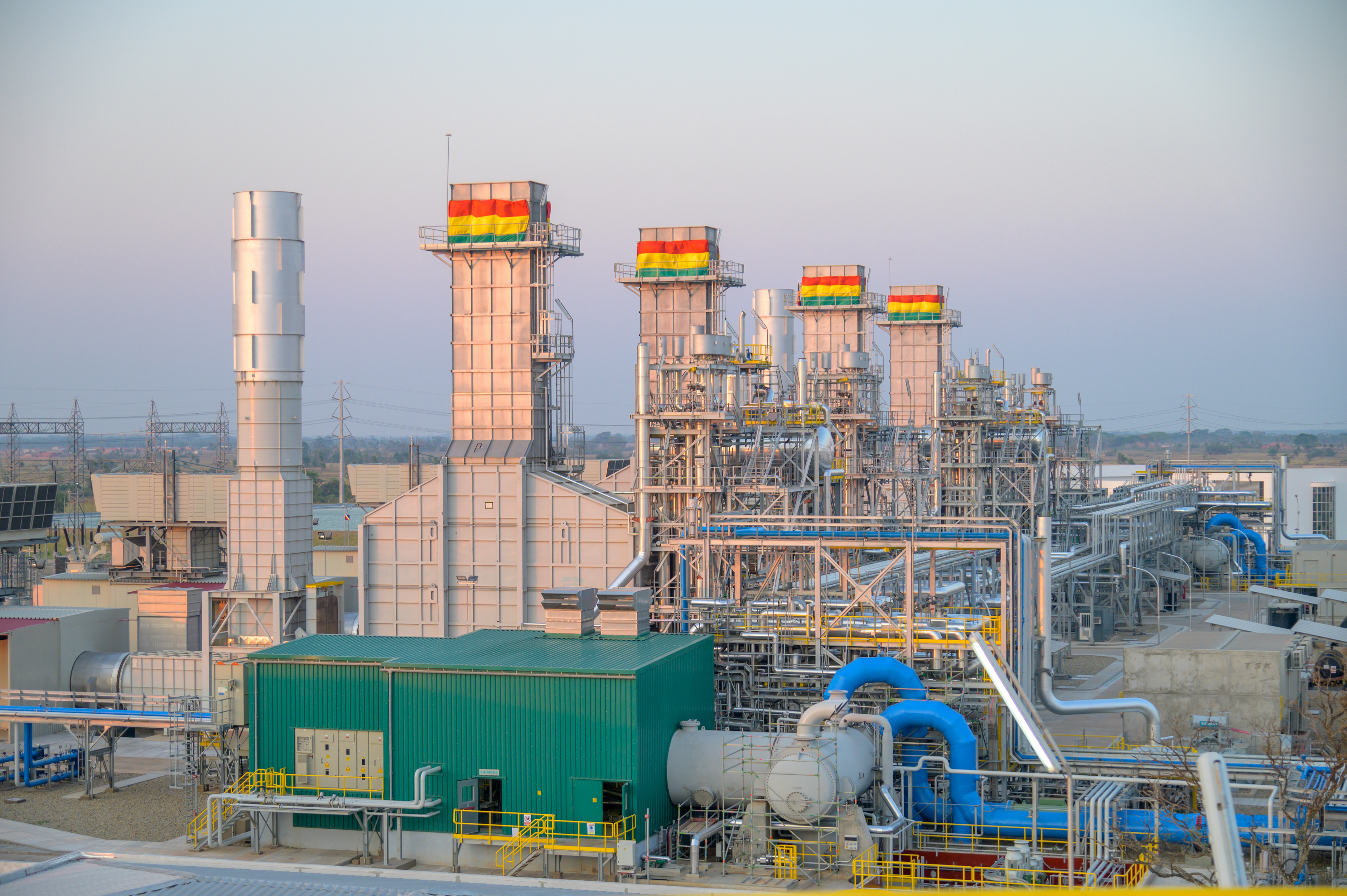With the official inauguration of the Termoeléctrica de Warnes power plant in mid-September, all three power plants in Bolivia were inaugurated within a few weeks in August and September. Since the contract signing in 2016, Siemens has expanded Bolivia’s three largest thermal power plants to efficient combined cycle mode. The power plants are owned and operated by Ende Andina SAM. Together, all three add more than one gigawatt of electrical power to its current maximum capacity and to the Bolivian national grid.
“The three power plants are important milestones for Bolivia 2025, an ambitious energy project designed to increase power generation capacity to 6000 megawatts (MW) by 2025. This will establish energy independence for Bolivia while also boosting the capacity to export electricity to Bolivia’s neighboring countries,” explained Ramiro Becerra Flores, project director at ENDE Andina. “The process of converting gas into energy is now more efficient, the country has the opportunity to find a use for surplus or residual amounts of gas that will be produced as a result of the integration of the new, much more efficient Siemens technologies.”
“Siemens has developed a unique solution to support Bolivia’s ongoing efforts to improve access to electricity for its growing population and developing economy,” said Karim Amin, CEO of Power Generation at Siemens Gas and Power. “Every society has its own unique needs. Our diverse energy portfolio can address these various needs for the benefit of societies everywhere.”
The three thermal power plants were already equipped with 13 Siemens gas turbines and the associated generators for operation in simple-cycle mode to provide Bolivia with fast generation of electricity. During the expansion phase that began in 2016, Siemens added 14 SGT-800 gas turbines, 11 SST-400 steam turbines with condensers, 22 steam generators, and the SPPA-T3000 instrumentation and control system to the three power plants. In combined cycle mode, it was possible to increase the plant efficiency from 40 to 51 percent.
The Termoeléctrica del Sur thermal power plant in southern Bolivia, near the border with Argentina was inaugurated on August 8, 2019. The expansion increased the plant’s peak capacity from 160 to 480 MW. The Entre Ríos plant, inaugurated on September 11, 2019, is located in the department of Cochabamba, situated 220 kilometers southeast of La Paz. Thanks to the inclusion of three new blocks, the plant has been able to increase its generation capacity from 120 to 480 MW. The Warnes plant is located in Bolivia’s Santa Cruz department and was inaugurated on September 16, 2019. With the new equipment, the plant’s generation capacity rose from 200 to 520 MW. This expansion of its energy network will help Bolivia continue with its energy development plan and help the country meet its goal of becoming the energy heart of South America.
Mastering logistical challenges
From May 2017 to August 2018, the power plant equipment for the expansion phase was shipped to Bolivia from three different continents. In a global effort that covered thousands of miles, the equipment arrived in Bolivia from Sweden, China, Germany, Italy, Indonesia, Vietnam, and Brazil. The project faced some special challenges in the Andes Mountains. Up to 400 heavy load transports crossed the Andes to bring equipment to the three power plant construction sites. The trucks covered a distance of 1,800 kilometers on steep and sometimes muddy roads, traversed as many as 180 bridges and tunnels, and overcame an elevation difference of 4,680 meters above sea level. The deliveries included what logistician experts describe as 83 “heavy lifts” – meaning single loads of 50 tons or more. Forty to fifty out of 180 bridges along the original route had to be reinforced or bypassed due to structural concerns. “I’ve worked for Siemens for more than a decade, and I have never had such a huge transport, nothing even comparable,” says Marcus Koerber, Siemens Project Manager of Material Logistics.

